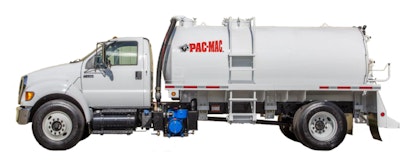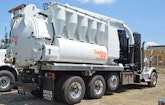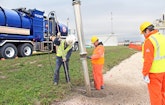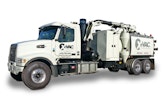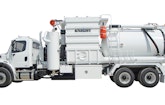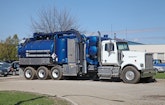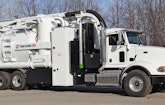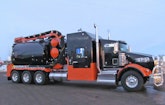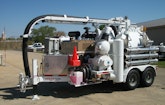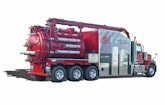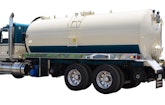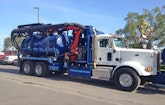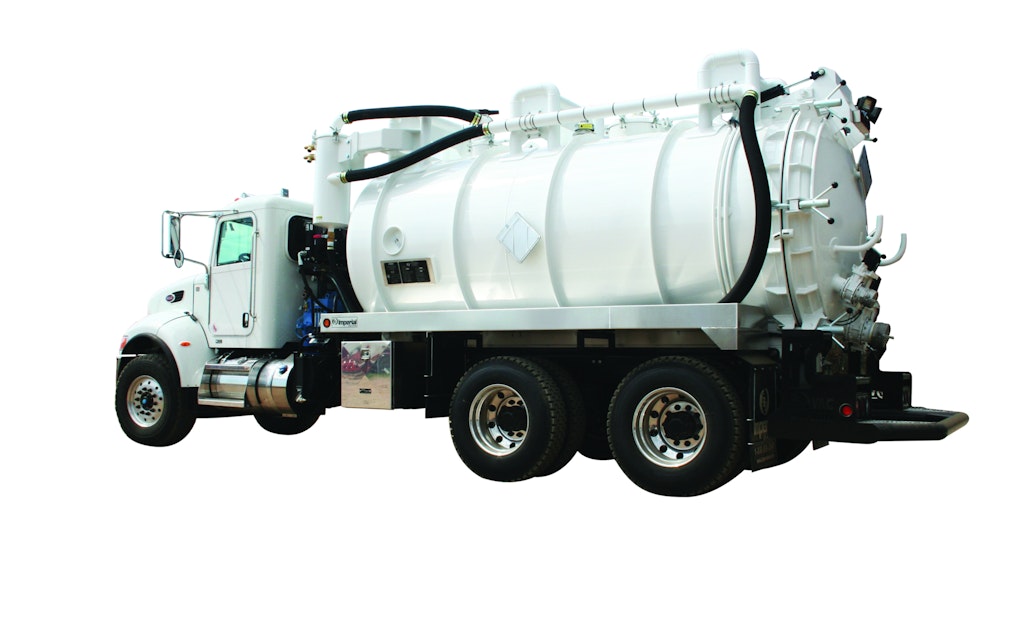Interested in Trucks?
Get Trucks articles, news and videos right in your inbox! Sign up now.
Trucks + Get AlertsFor several years now, capital expenses for small businesses have qualified for a special extra deduction on federal taxes.
That changes this year — unless it doesn’t.
Confused? You’re not alone.
The tax provision is called Section 179 of the Internal Revenue Code. Section 179 allows small-business owners to take an immediate tax deduction for the full purchase price of qualifying new equipment in the year it is purchased, instead of spreading the deduction over several years as the asset depreciates.
Historically, Section 179 capped the immediate deduction at $25,000, says Pat Hintz, a tax attorney with the law firm of Quarles & Brady in Milwaukee.
The section also limited full eligibility for the provision to companies with total equipment expenses for the year of no more than $125,000. In other words, Hintz explains, “If someone places in service more than $125,000 in eligible property, you start to cut back on the $25,000 limit” on what you can actually deduct outright.
Both of those limits started rising over the last decade in temporary measures that Congress passed every year.
Most recently, the cap on the immediate deduction itself went up to $500,000 instead of $25,000. Meanwhile, that total annual equipment expense limit to qualify for the full immediate deduction went to $2 million instead of $125,000. Those much higher limits were last in effect for 2013.
In the last few years, Congress has agreed to extend the higher numbers at the last minute. But 2013 ended without any such extension. So for 2014, businesses are back to the original deduction limit.
Compared with recent years, that’s a much less generous tax break. Still, if before Dec. 31 of this year you bought or plan to buy new equipment that would qualify under the provision, you’ll get that immediate deduction on the first $25,000 you spend.
Meanwhile, although the total investment limit isn’t as large as it once was, it’s a little higher than the original limit: Hintz says the deduction begins to go down if your total new equipment purchases this year amount to more than $200,000.
Just what kind of new equipment? The law calls it “tangible personal property,” says Hintz. Check with your tax advisor for a definitive list, but new trucks, tools such as jetters and sewer cameras, cable machines and similar equipment are the sort of thing that can get covered this way.
Real estate generally does not qualify under Section 179, Hintz says. When the higher limits were in place, there were some limited provisions allowing certain kinds of real estate to be included, but that carve-out is gone.
Currently, you have to make qualifying purchases by Dec. 31.
But here’s where it gets really tricky. A bill that would once again extend the higher limits for the 2014 tax year has been stalled. Whether it will get enacted in the lame duck Congress is anyone’s guess.
“It’s not a foregone conclusion that it will not be re-enacted,” says Hintz. “History has shown that more often than not, they do extend these provisions.”
That could even happen so late in the year that Congress might actually extend the deadline to buy equipment that qualifies under the provision into the early part of 2015. That’s often happened in previous years, too, says Hintz.
But as of now, you can only count on the $25,000 number — not 20 times that.
Hintz notes that when these decisions are put off until the last minute, it becomes impossible for business to plan if it relies on the tax break to help decide whether or not to make a big asset purchase.
Which leads to this final thought: You might do better if you don’t even base your decision about a purchase on how big a tax break you get on it.
Instead, assume the least favorable circumstances and make your decision instead on what your business needs and what it can afford, whether by paying cash or getting financing.
Time and again, financial advisors say they warn business owners — especially small-business owners — that the siren song of “it’s deductible” is among the worst reasons to make a purchase for your company.
After all, you still have to pay for the purchase up front — which means you have to earn the cash to pay for it, or at least you can’t use the cash you’ve already earned for something else.
And no amount of a tax break is going to change that part of the equation.
We’ve simplified the search for your next rig, so you can buy now and take advantage of the tax break. Check out these workhorses:
- The Knight vacuum truck from Keith Huber Corporation incorporates all the features of the King Vac with the filtration technology of the AirLord.
- Pressure vacuum tank trucks from J&J Truck Bodies & Trailers are available in capacities of 3,360 to 6,000 gallons.
- The VAC3000 Series from Imperial Industries are ASME-certified 407/412 steel DOT units with capacities of 3,200 and 3,600 gallons.
- The Pac-Mac VP Series nonhazardous hauler from Hol-Mac Corporation offers numerous adjustments, from vacuum system options to valve setups.
- The 4,000-gallon aluminum Matador vacuum tank from Amthor International comes standard with a 5/16-inch-thick side shell and floor, full head baffles and no external rings.
- The Versa-Vac vacuum trailer from Advance Pump & Equipment has a 1,000-gallon debris hopper with either 1,400 or 2,200 cfm high-volume vacuum systems.
- The FXT50 truck vacuum excavator from Ditch Witch mounts directly to a truck’s frame rails, allowing the system to flex independently of the truck, increasing stability.
- The HV-55 hydroexcavator from GapVax has a 12.5-cubic-yard debris body and water tanks from 400 to 1,400 gallons.
- The X-Cavator from Vac-Con has a hydrostatic drive that efficiently uses the chassis engine for the vacuum, eliminating the need for PTO, clutch and gearbox operation.
- The Supersucker HDX industrial vacuum loader from Super Products has a water system including a standard 600-gallon capacity water tank setup and a hydraulically driven pump delivering flow up to 14 gpm and pressure up to 3,000 psi.
- The multipurpose Guzzcavator from Guzzler Manufacturing combines the performance of a Guzzler CL vacuum loader with the versatility of a Vactor HXX hydroexcavator.
- The X-10 and X-15 hydroexcavator models from Hi-Vac Corporation are designed to virtually eliminate the risk of underground utility strikes.
- The F4 Slope hydrovac from Tornado Hydrovacs holds 13 cubic yards of mud and more than 2,100 gallons of freshwater.
- The Presvac Hydrovac versatile hydroexcavator is designed for cold-weather operation and is offered as an option to be in full compliance with DOT regulations regarding collection and transportation of hazardous materials.
- A high-dump option for AllJetVac combination jet/vac sewer cleaners from Vacall – Gradall Industries allows the operator to raise the debris tank 76 inches above ground level and shift the tank horizontally 21 inches beyond the rear bumper.
- The HV-64 all-season hydroexcavator from Transway Systems operates at less than 85 dBA. It has a 6,400 cfm and a 27-inch Hg high-vacuum blower with direct-drive transfer case.
- The PAT 949 combination truck from Polston Applied Technologies removes sand and grit from wastewater treatment plants, large diameter lines, digesters and lift stations without shutting down the plant service.
